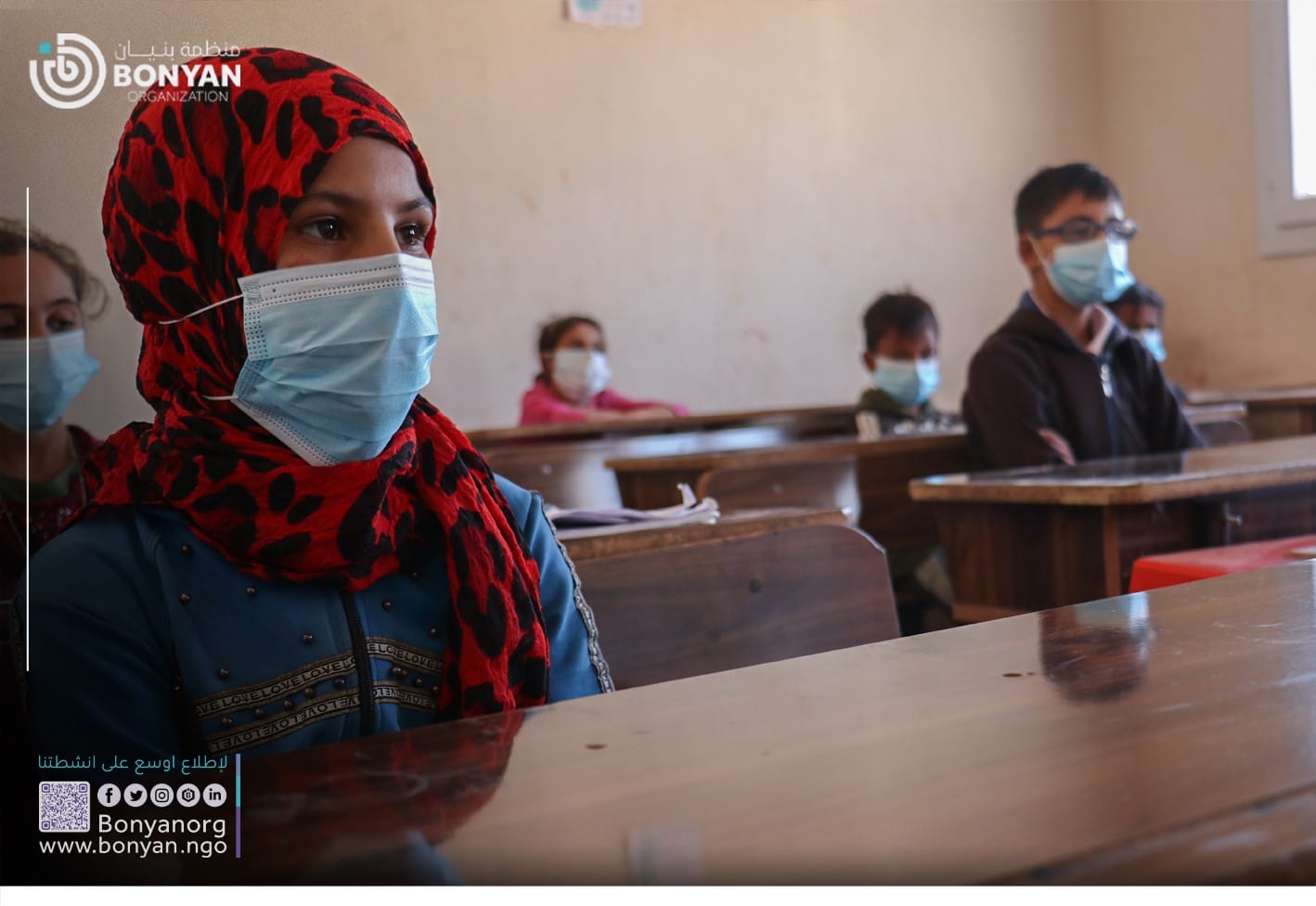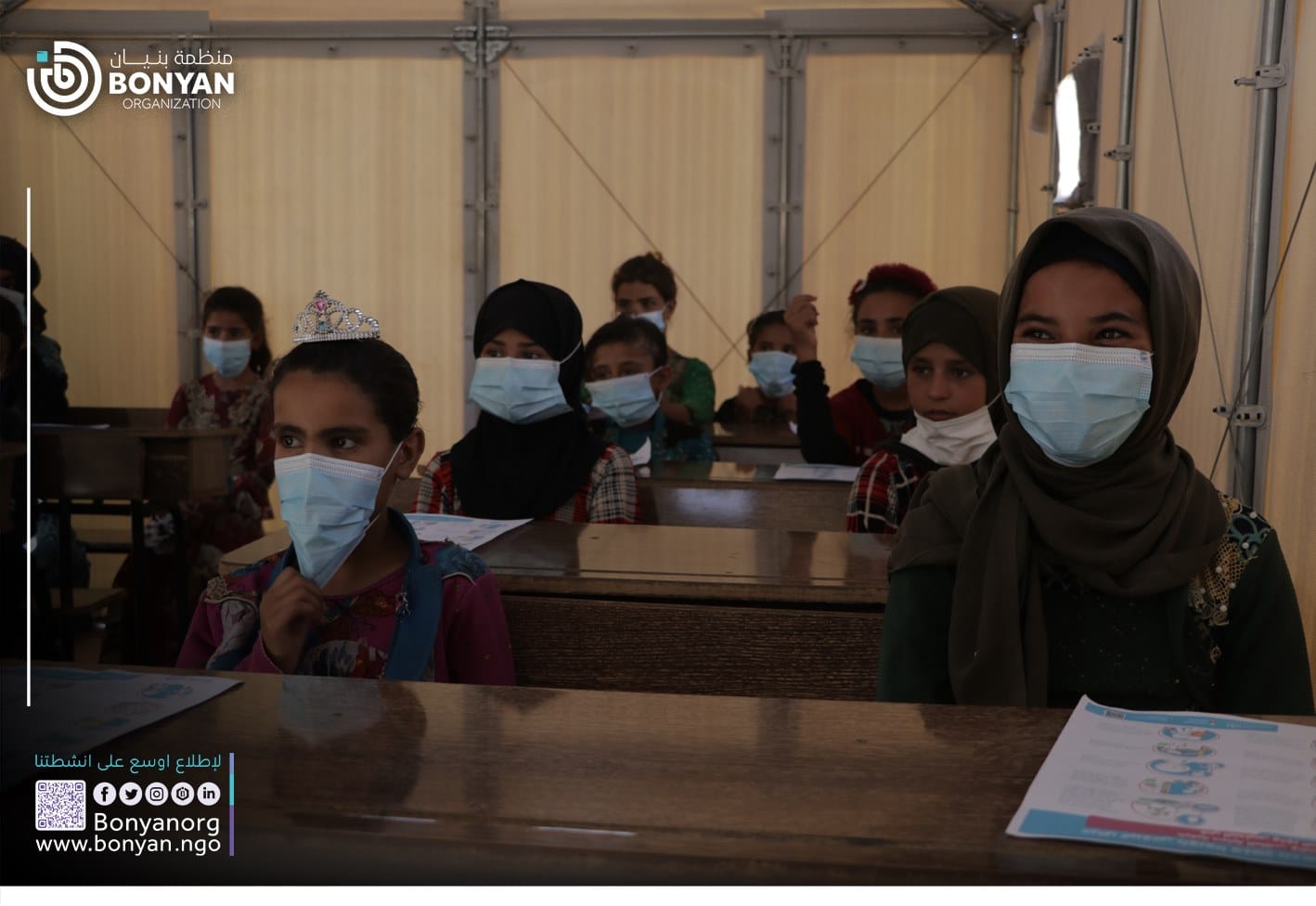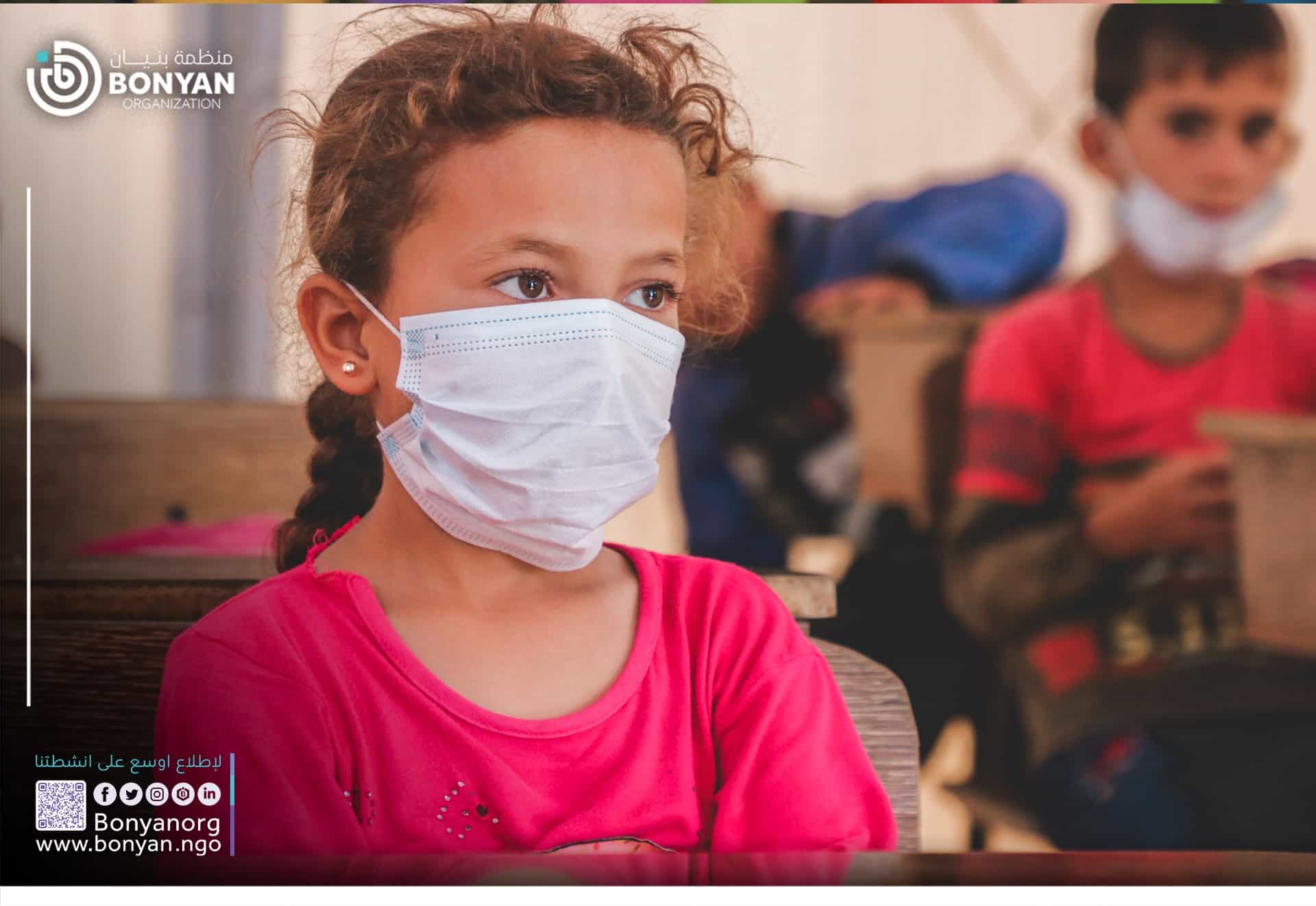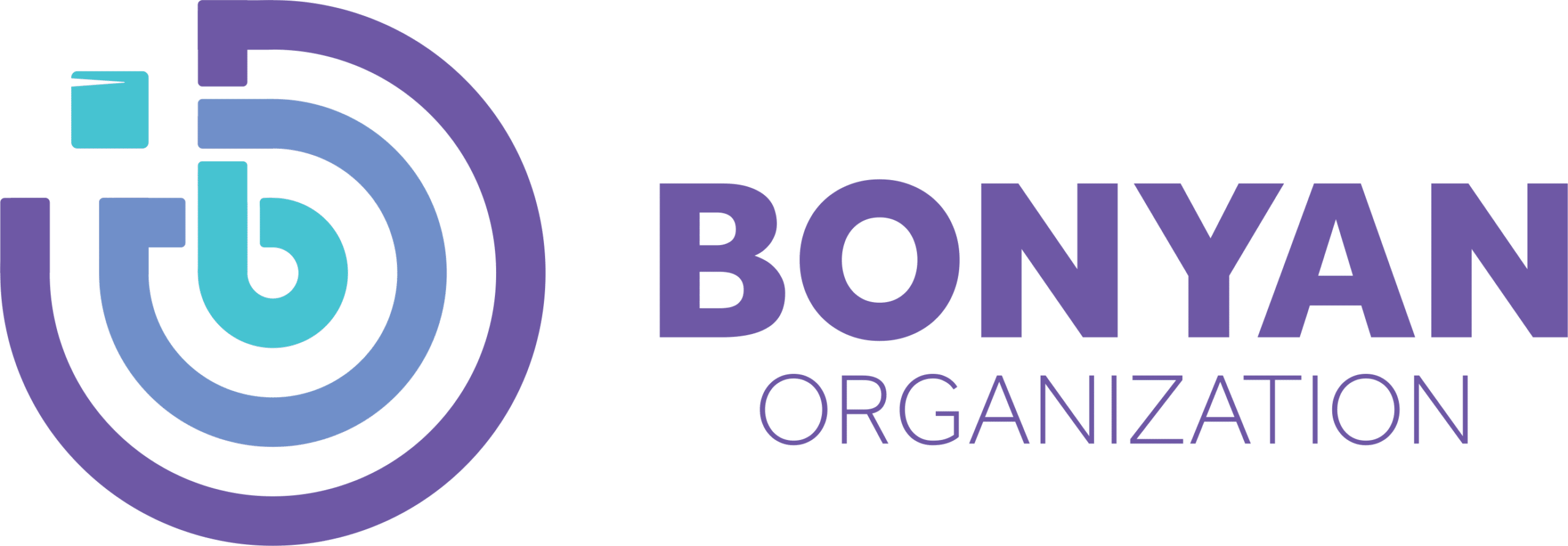Education Situation in Yemen
Yemen is facing a severe education crisis, with the number of children going through disruptions to their learning could rise to 6 million—leading to tremendous long-term consequences for children.
Since the beginning of the conflict in March 2015, attacks on school children, teachers, and education infrastructure are having a devastating impact on the country’s education system – and on the chances of millions of children accessing learning.
The damage and closure of schools are threatening children’s access to education, rendering them vulnerable to serious protection concerns.
Education Disrupted and Statistics
The number of children facing education disruptions in Yemen may rise to 6 million.
Girls are forced into early marriage, leaving them trapped in a downward spiral of poverty and unfulfilled potential.
Boys and girls are more likely to be forced into child labor or recruited into combat. More than 3,600 children have been recruited in Yemen in the past six years.
To make matters worse, two-thirds of teachers in Yemen – more than 170,000 teachers in total – have not received regular salaries for more than four years due to conflict and geopolitical divisions.
This puts about four million additional children at risk of dropping out or dropping out of school as unpaid teachers leave teaching to find other ways to support their families.

Challenges
Despite all this, Yemenis working in education have displayed a high degree of resourcefulness and the ability to deal with hardship.
Professional education teams were able to oversee the final exams that children take for their primary and secondary general certificates for the 2014/2015 school year in all of Yemen’s governorates, as well as in a number of countries that had received refugee Yemeni students.
They were even able to open schools for the academic year 2015/2016 and complete general certificate exams for the year.
Despite financial hardship, they were able to open alternative-friendly spaces and buildings for schools and displaced people with the help of development partners who are still active in Yemen.
Yet, the educational process in Yemen still faces significant challenges:
- Shortages in the financial resources needed for operating schools.
- The rehabilitation of partially damaged schools to return them to service.
- The printing of school textbooks.
Moreover, education needs;
- Broadening with social activities.
- Psychological support and healthcare for students and teachers alike.
That will ameliorate the impact of the conflict, particularly in places and areas where IDPs are hosted.
Support and Building Schools
Since June 2019, children aged 6 to 16 years that were affected by the conflict have been given access to safe and protective education in Aden and Lahj.
The vulnerable children from 20 schools and two displacement camps received education and much-needed psychosocial support.
In the Al-Ribat displacement camp, Bonyan has set up temporary learning spaces and enrolled 400 children allowing them to continue their education after fleeing their homes.
Students in the camp received learning materials, and teachers were trained and given teaching kits to ensure the quality of the lessons delivered.
Teachers and Student support
More than half of Yemen’s teachers and education personnel, or about 190,000 people, have been forced to find second sources of income to feed themselves and their families, including on-street work, as they have not received regular pay since 2016.

As the needs deepen across the country, chronic underfunding remains a challenge. By October 2021, funding for the Humanitarian Response Plan in Yemen stood at around 50% of the required amount, while only 35% of the funding needed to maintain basic education activities has been received.
Educational Sponsorship is the work of Philanthropists. It helps in need, in achieving goals, in completing that school so you can get the job of your choice.
Or with the help of a sponsor, you can put time and effort into sophisticated research to help human society. Sponsors could be individuals or small businesses, or maybe large corporations.
Help in any form towards education is called educational sponsorship.
- Governments worldwide give rebates on taxes if you sponsor a child’s education,
- College program or research.
- There are many ways to sponsor donations (cash, books, food, and equipment).
- Scholarships.
- Fellowships.
- Full free-ship, study loan, etc.
- Every student, sometimes in their academic career, needs a sponsor, and there are people and business houses to do this gladly.
Education Tools, Courses, and Training
Because of the closure of most schools in Yemen, there are no tools and methods for learning, regardless of the schools in the camps that do not have any tools or methods.
To build the capacity of Yemen’s educators and improve student outcomes, UNICEF – with funding from the European Union – has launched a literacy and numeracy program.
It has provided 58 educators with the skills and strategies they need to train teachers in three governorates. These trainers will now help teachers improve the quality of their classroom instruction and engage with their students.
Children’s Right to Education
All children have the right to go to school and learn, regardless of who they are, where they live, or how much money they have, according to the United Nations Convention on the Rights of the Child, which makes clear that children, and all their rights, are the responsibilities of governments.
All rights are related to each other, all are of equal importance, and cannot be taken away from children.

Good learning requires…
- Safe and friendly environment.
- Qualified and enthusiastic teachers.
- Teaching languages that students can understand.
- Learning outcomes are monitored and returned to instructions.
Donate to Children’s Education
We simply do not have enough funds to reach every child at risk. We need your help to continue providing essential life-saving supplies to children who need them most.
Your support will also help ensure that displaced children do not miss out on education. Through child-friendly schools and spaces, children can continue their education and receive care and psychosocial support to help them deal with distress and trauma.
FAQ
Is Education Good in Yemen?
Education in Yemen is still not good in terms of progress relative to its expenditures and also in terms of implementation of its programs.
Do Children in Yemen Go to School?
This year, around two million school-aged children were forced to drop out of school in Yemen due to conflict and poverty.
Why Is There a Lack of Education in Yemen?
Yemen is facing a severe education crisis, with the number of children going through disruptions to their learning could rise to 6 million leading to tremendous long-term consequences for children.



